The 6 things I wish someone told me before my first GranFondo!
Diving Pedaling into the Gran Fondo world as a beginner cyclist can be both exhilarating and daunting, especially when it comes to tackling those steep climbs that can be a staple of these long-distance events
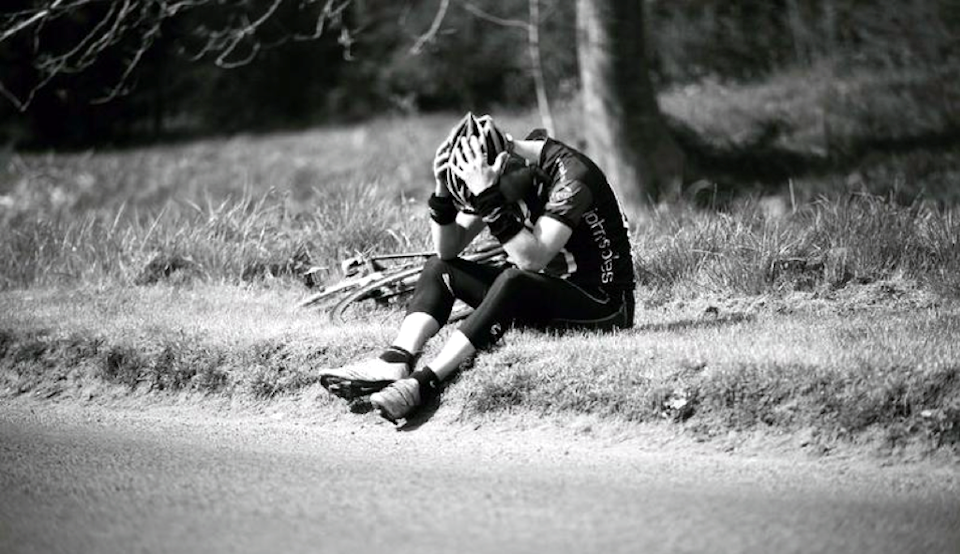
With the right approach and mindset, conquering those hills can become one of the most rewarding parts of your cycling journey. Here’s the 6 tips that I wish someone had given to me before my first ever Gran Fondo.
1) Start with the Basics: Your Setup
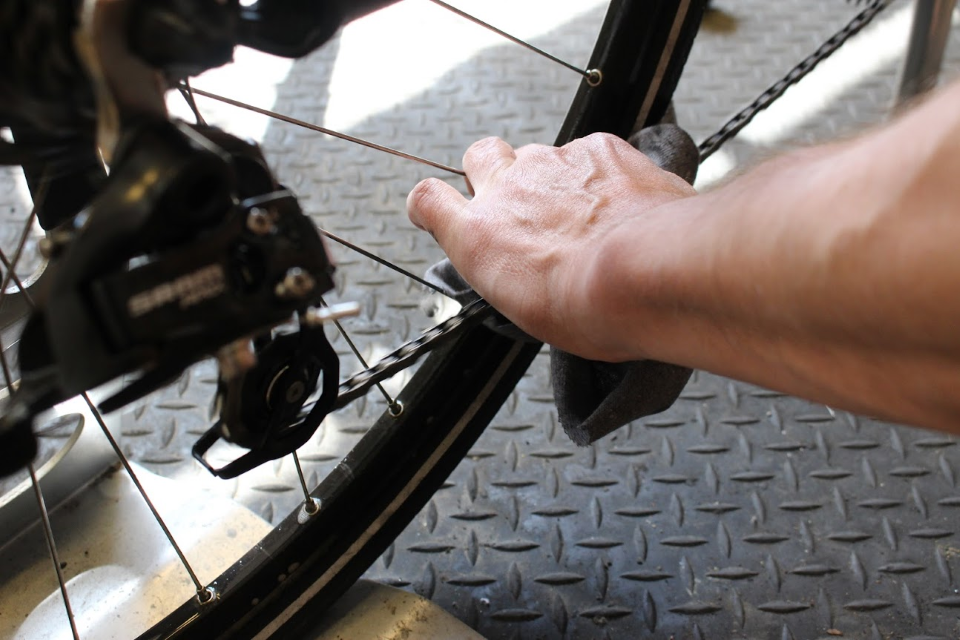
Before you even hit the road, get your bike set up correctly. It's crucial to have a comfortable position that also allows for efficient power transfer when riding, while having the right gearing to ensure you can remain efficient.
Gear Optimization
A bike that’s geared for climbing can make a huge difference. Opt for a crankset with smaller chainrings (often referred to as a compact or semi-compact) and a rear cassette with a large range (look for a big cog with 30 teeth or more). This setup allows you to maintain a higher cadence with less effort on climbs, saving your legs for the long haul.
This is something which is fairly easy to do yourself, so you can test a cassette in training and swap it out if needed. I like to have a “get-out-of-jail” gear on my bike - this gear is what I use on the steepest of climbs or when I’m suffering the most.
Bike Fit
It's crucial to have a comfortable position that also allows for efficient power transfer when riding. If you haven’t had one already, a professional bike fit is a game-changer. For climbing, you might find a slightly more upright position can help with breathing and power output. However, comfort is king, so adjustments should enhance your overall endurance and control on the bike. There’s nothing that will sap the fun from your GranFondo experience more than an ill-fitting bike that causes the wrong type of suffering.
2) Build Your Engine
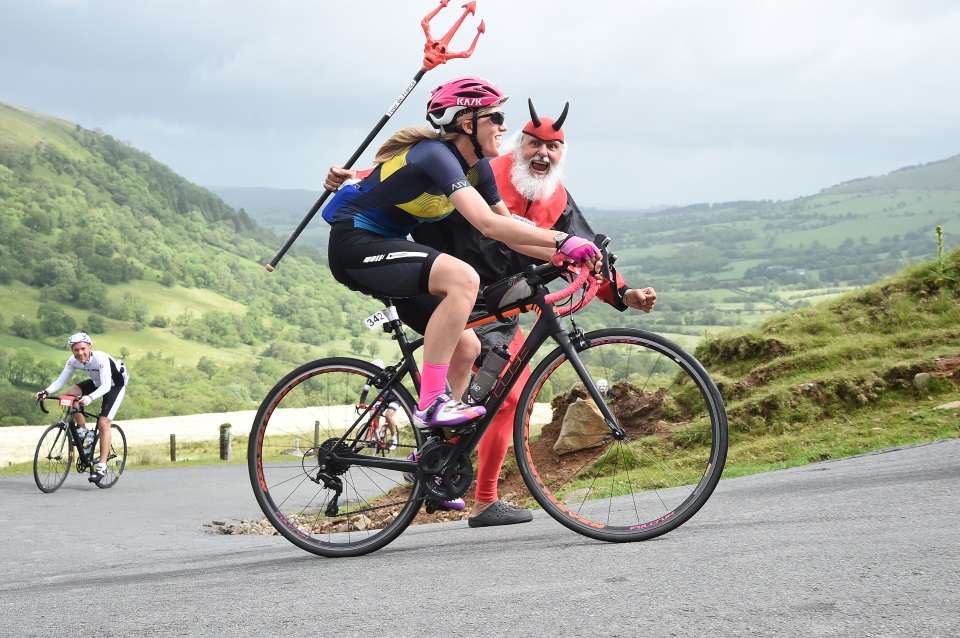
Climbing is all about power and strength, but GranFondo’s are mainly about endurance. Incorporate both low-intensity, long-distance rides and high-intensity interval training into your routine. The former builds your endurance base, while the latter boosts your power and ability to tackle short, steep bursts. Hill repeats, where you find a hill and ride up and down it multiple times, are gold for climbing training.
Structured Training Plan
Incorporate structured training into your routine. This means scheduling your week with a mix of long, slow rides to build aerobic capacity, and targeted workouts like interval training to increase your threshold power. Consistency is key.
While coaching can provide a mix of services to help, you might feel like the expense is too much for your current level. That’s where apps like Humango come in. Humango provides an affordable solution to your individualized training needs.
Hill Repeats
Practicing on actual hills is invaluable. Start with moderate gradients and progressively challenge yourself with steeper climbs. Focus on maintaining a steady effort, and play around with seated and standing positions to find what works best for you.
3) Master the Technique
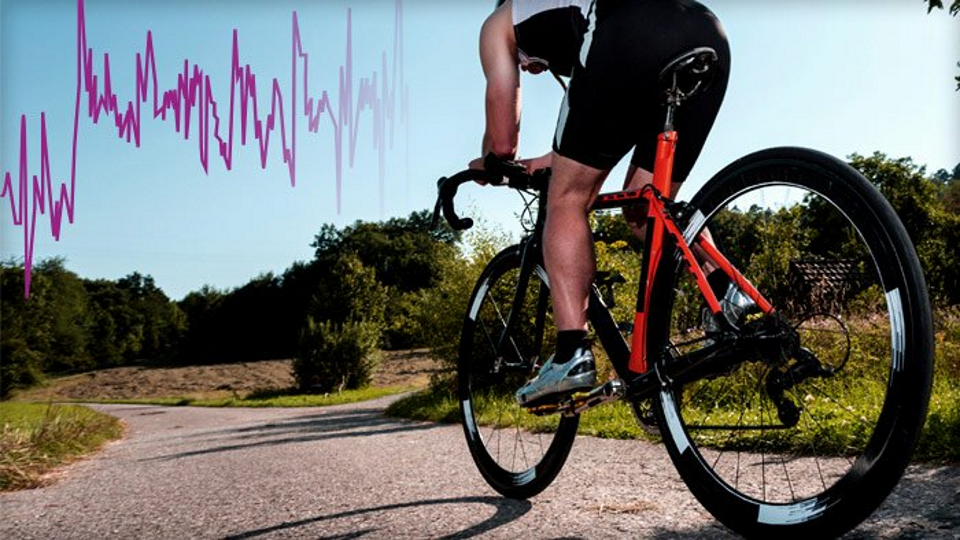
When it comes to actual climbing, technique can make a massive difference. For steady climbs, maintain a comfortable, consistent pace. Stay seated as much as possible to conserve energy, and keep your cadence on the higher side — think about spinning your legs to prevent burning out too quickly.
For steeper sections, don't be shy to stand up on the pedals occasionally to leverage more power from your body weight, but remember, this also uses more energy, so use it sparingly.
Pacing
Learn to pace yourself. Going too hard at the bottom of a climb can leave you struggling halfway up. Try to start conservatively and find a rhythm that you feel you can maintain.
If you use one, a power meter can be gold for identifying a pacing strategy. Not only can you find similar climbs to tackle and set about defining what power to target on event day climbs, but you can also use Humango’s race planner to get an idea of what sort of power you can target, based on your previous data.
Seated vs. Standing
While staying seated is more energy-efficient, standing lets you use your body weight to push down on the pedals. Use standing as a tool to relieve saddle pressure or to power over short, steep sections. Transition smoothly between seated and standing to maintain momentum.
Cadence
While cadence is highly personal and, throughout my decade of being a coach, I have seen riders successfully utilize both the ridiculously low and crazy high, a good starting point will be to aim for a climbing cadence of around 70-90 RPM. This might mean shifting to easier gears than you think you need (remember the “get-out-of-jail” gear!). A higher cadence reduces muscle fatigue, letting you climb longer before tiring out.
4) Breathe and Focus
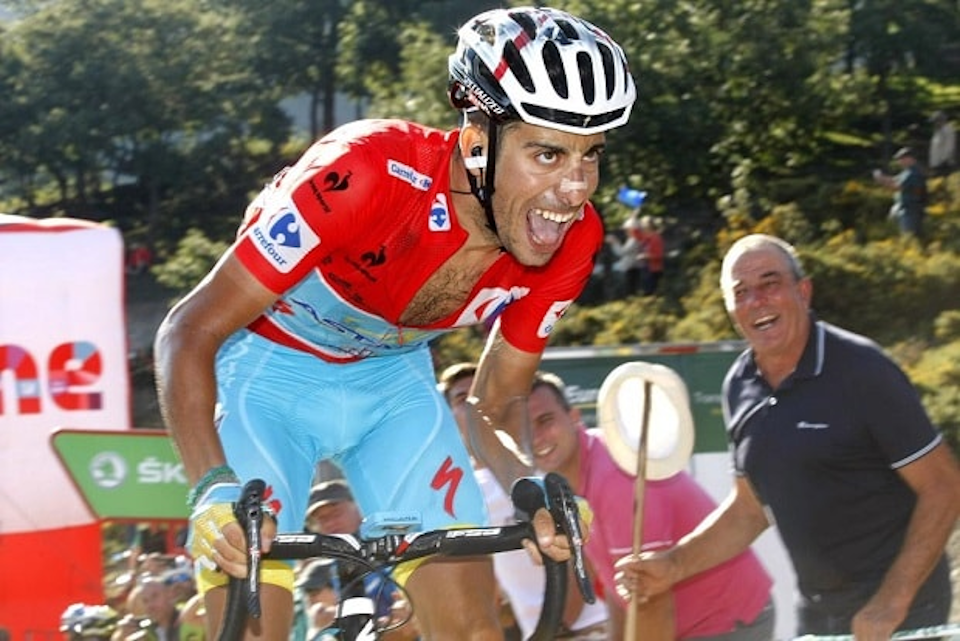
Breathing might seem obvious, but focusing on deep, controlled breaths can significantly impact your climbing performance. It keeps your muscles oxygenated and your mind clear. Speaking of your mind, keep it focused but calm. Break the climb into manageable sections in your head, and tackle them one by one. Celebrate the small victories!
Mind Over Matter
Break the climb into sections mentally. Focus on reaching the next corner or landmark, then set your sights on the next. This way, you're always achieving small goals, making the climb feel more manageable.
A good and relevant question I was once asked was “you can do anything for 10 seconds, right?”. All you have to do is repeat that 10 second counter internally.
Positive Self-talk
Encourage yourself with positive affirmations. Remind yourself of the training you’ve put in and the obstacles you’ve already overcome. Confidence can carry you far up a hill.
Power words are something I often get my clients to think about. If you’re unfamiliar, former World Tour professional cyclist Jens Voigt had his “shut up legs” power phrase. This was his version of self-talk.
5) Nutrition and Hydration
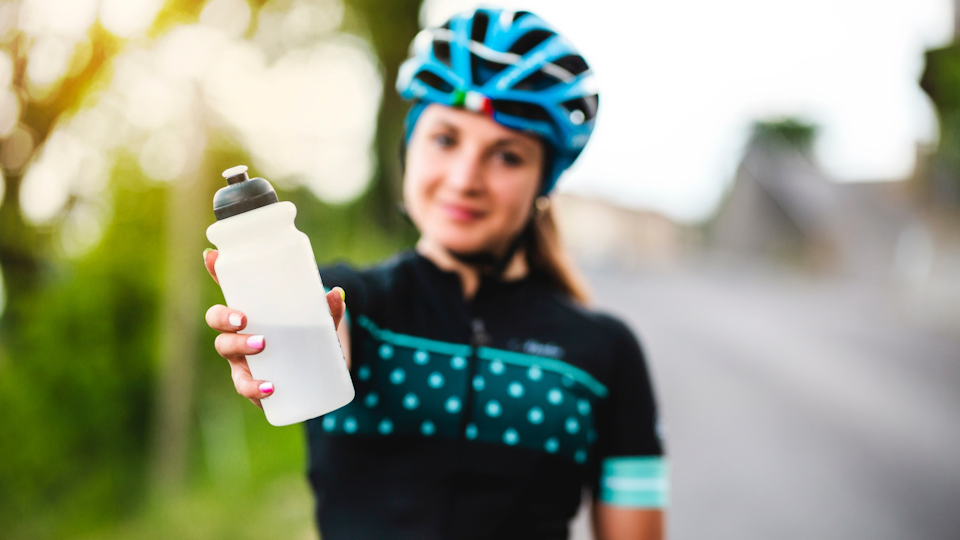
Fueling and hydration are paramount, especially for the long hauls that Gran Fondos are known for. Start hydrated, and keep sipping throughout the ride. For fuel, quick-access energy sources like gels, chews, or bananas can be lifesavers. Don’t wait until you’re hungry or thirsty to refuel — by then, it’s often too late.
Try to find out what will be available at the aid stations and plan accordingly. As a nut allergy sufferer, it is always roulette when grabbing food from open trays at aid stations. If in doubt, carry more than you need.
Before the Climb
Top up on energy with easily digestible carbs about 30-60 minutes before tackling a major climb. Hydration is equally crucial, so ensure you’re well-hydrated before the ascent begins.
Most Gran Fondo will provide you with a top tube sticker that has the course profile on it. Even if they don’t, they will give you this information prior. Utilize it and create a fuelling strategy that accounts for the major climbs and aid stations. Remember to carry a little more than you think you need.
During the Climb
Keep a bottle within easy reach and take small sips regularly. For long events, consider a hydration pack for ease of access. Energy gels or chews can be consumed without needing to stop, providing a quick energy boost.
Do not conserve fluids. It is better to run out early than to “try to save” some for later. Stop frequently at aid stations and, if possible, recce the route in the days before. Most European countries will actually have water fountains available, so you might be able to top up bottles in small villages.
Electrolytes
Don’t forget about electrolytes. Sweating leads to loss of vital minerals. An electrolyte mix in your water can help prevent cramps and fatigue.
You can also make assumptions around electrolyte quantity or density. If you experience muscle cramps in training or you notice white salt deposits on your clothing or helmet straps after a long and hot ride, these are indicators you need to add more electrolytes.
6) Join the Community

Lastly, remember you’re not alone in this. The cycling community is incredibly supportive. Join a local club - even a group on Humango, find a training buddy, or connect with fellow cyclists online. Sharing experiences, tips, and encouragement can make your climbing journey more enjoyable and rewarding.
Find Your Group
Whether it's a local cycling club, a group of friends, or an online community, being part of a group provides motivation, support, and shared knowledge. Plus, riding with others can push you to try harder climbs in a supportive environment.
Learn from Others
Every cyclist has been a beginner at some point. Don’t hesitate to ask for advice on training, nutrition, or technique. Learning from the experiences of others can accelerate your progress.
Climbing in Gran Fondos is as much about the journey as it is about the challenge itself. With each climb, you’ll learn more about your abilities, your bike, and what strategies work best for you. Embrace the process, and remember, the view from the top is always worth it. Keep pushing and those climbs will start to feel like old friends before you know it.
Coach Pav
Coach Pav is an Amazon #1 New Release Author and a coach to clients who have set world records (Mark Beaumont), earned their world champion jersey (Steve Bate MBE), and won ultra-cycling events (Matt Seward and Thomas Becker).
Mostly, his clients are those riding a Gran Fondo or two, and some are even riding his personal favorite: the Maratona dles Dolomites.
As riders gear up for their 2024 Gran Fondo and gravel racing events, the Humango and GranFondoGuide partnership offers the latest in hyper-personalized, AI-powered training technology that will prepare athletes to hit their goals on race day.
To learn more and get a special offer exclusively available through GranFondoGuide, please visit: https://humango.ai/gran-fondo-training
Starts with a free 30-day trial. No Credit Card Required (save an additional 10%)


